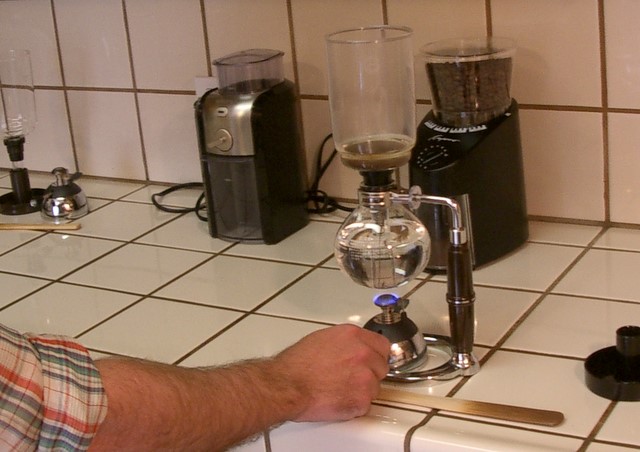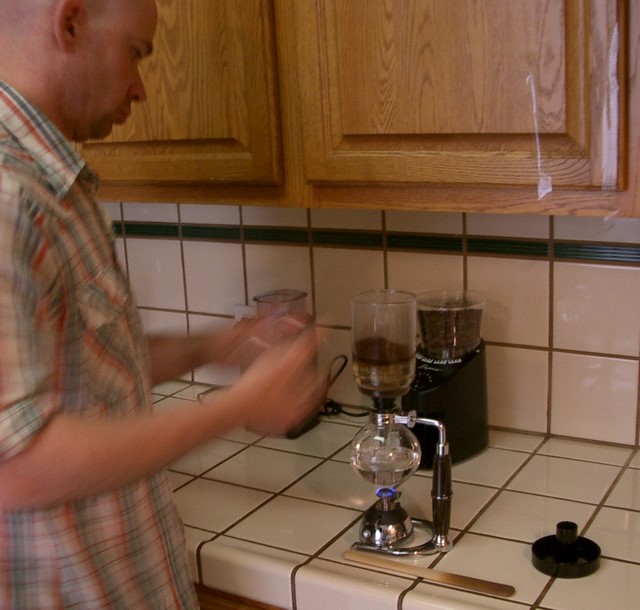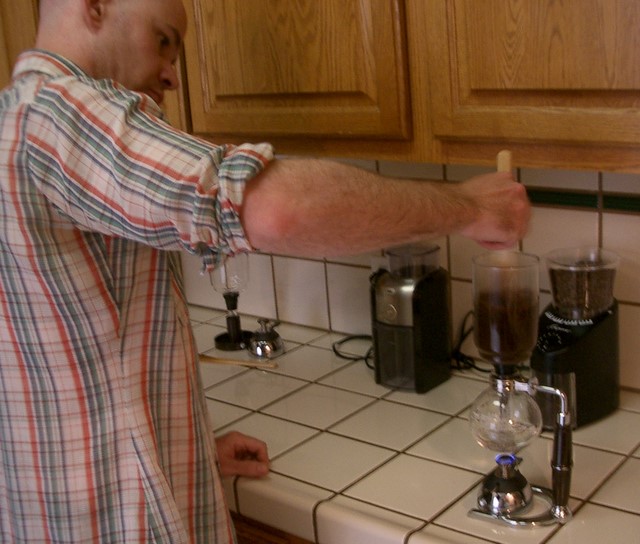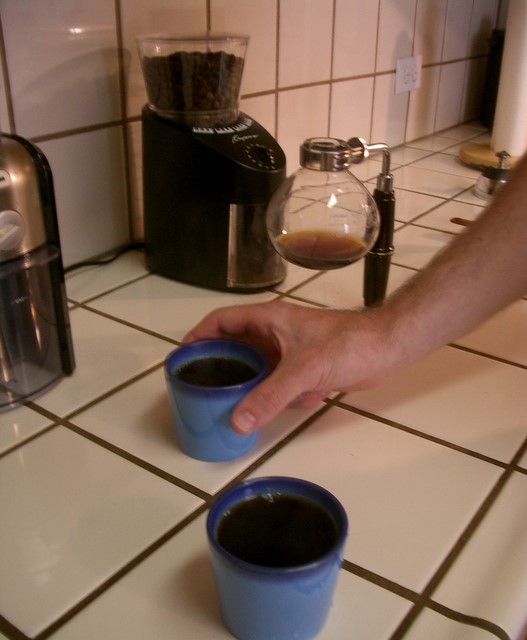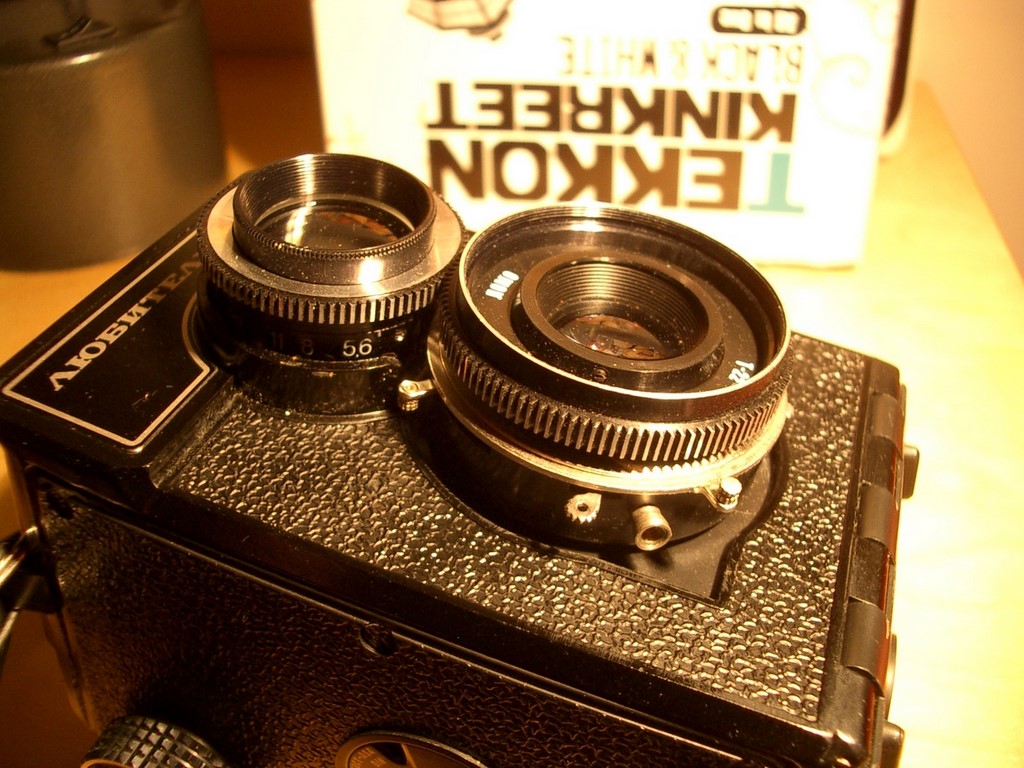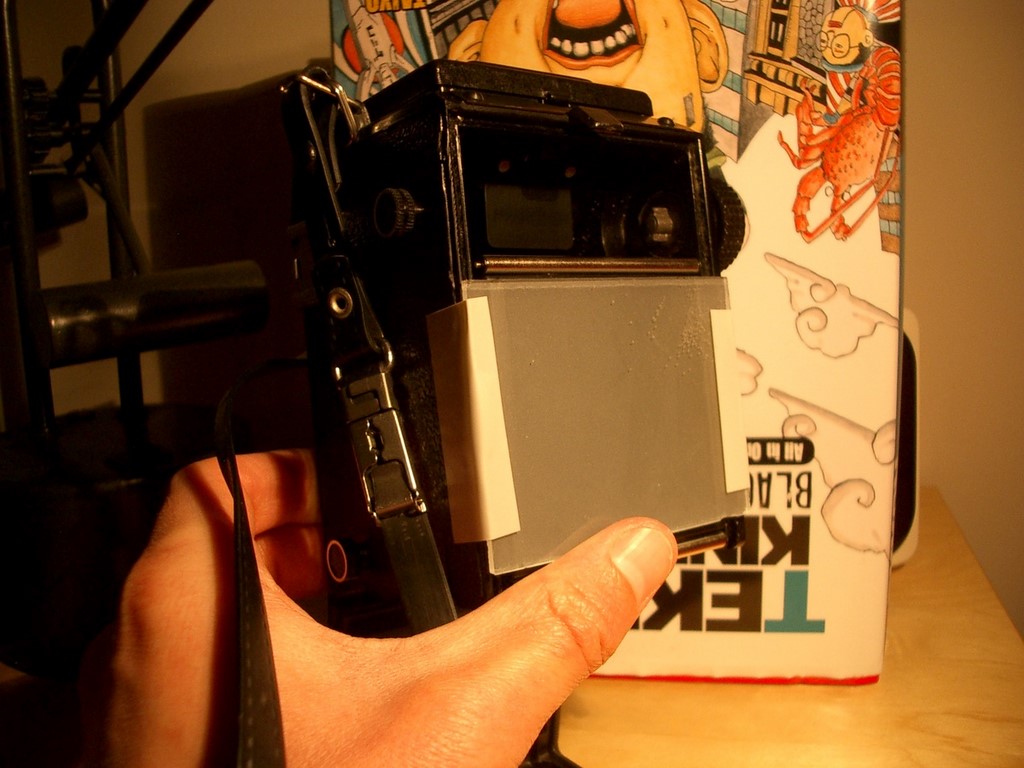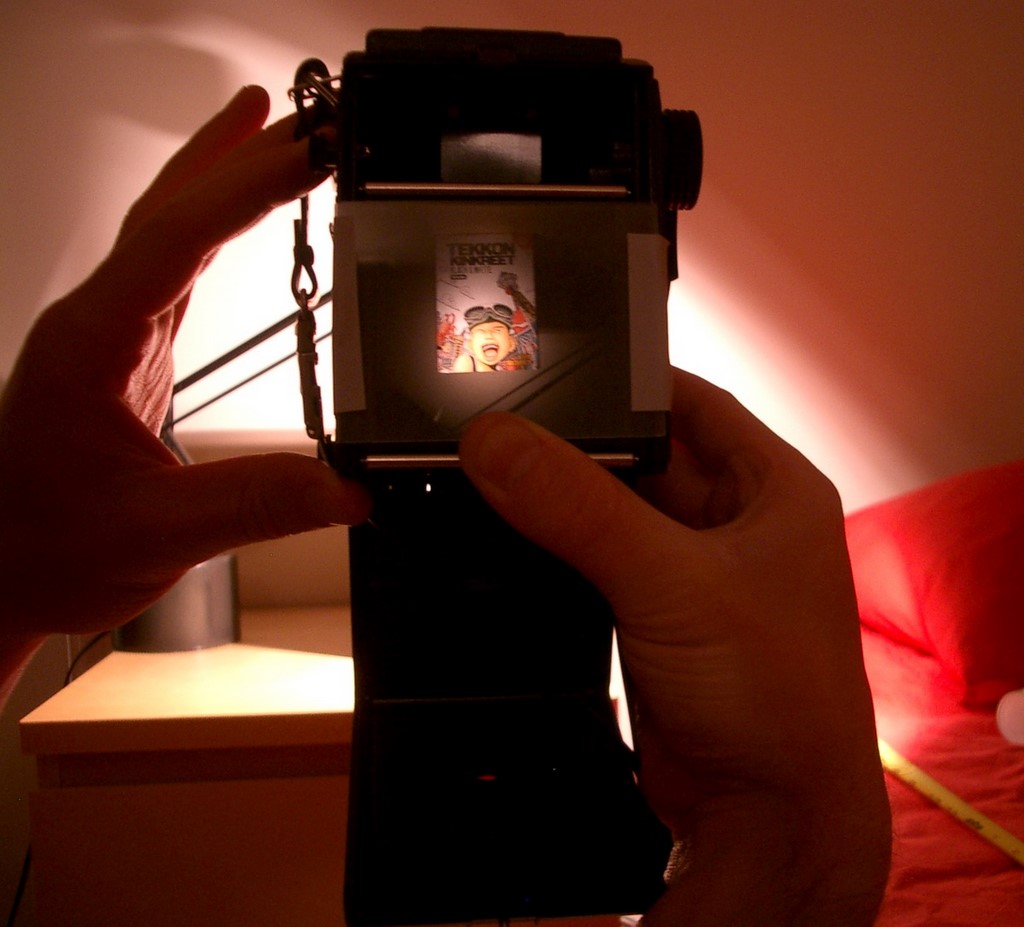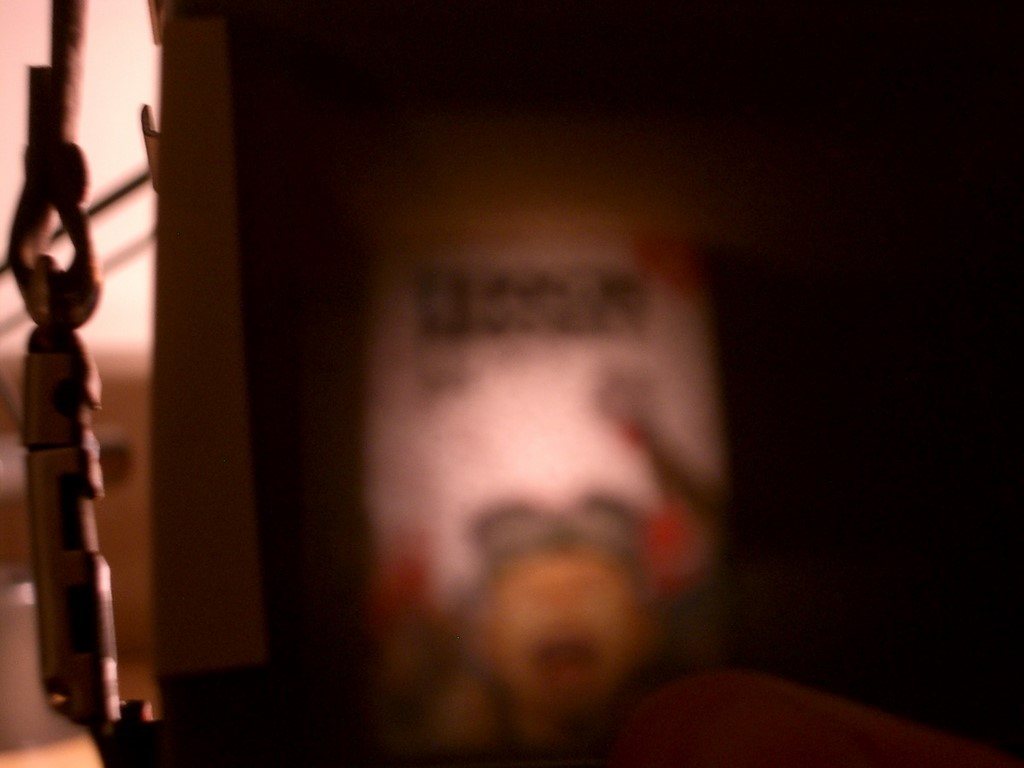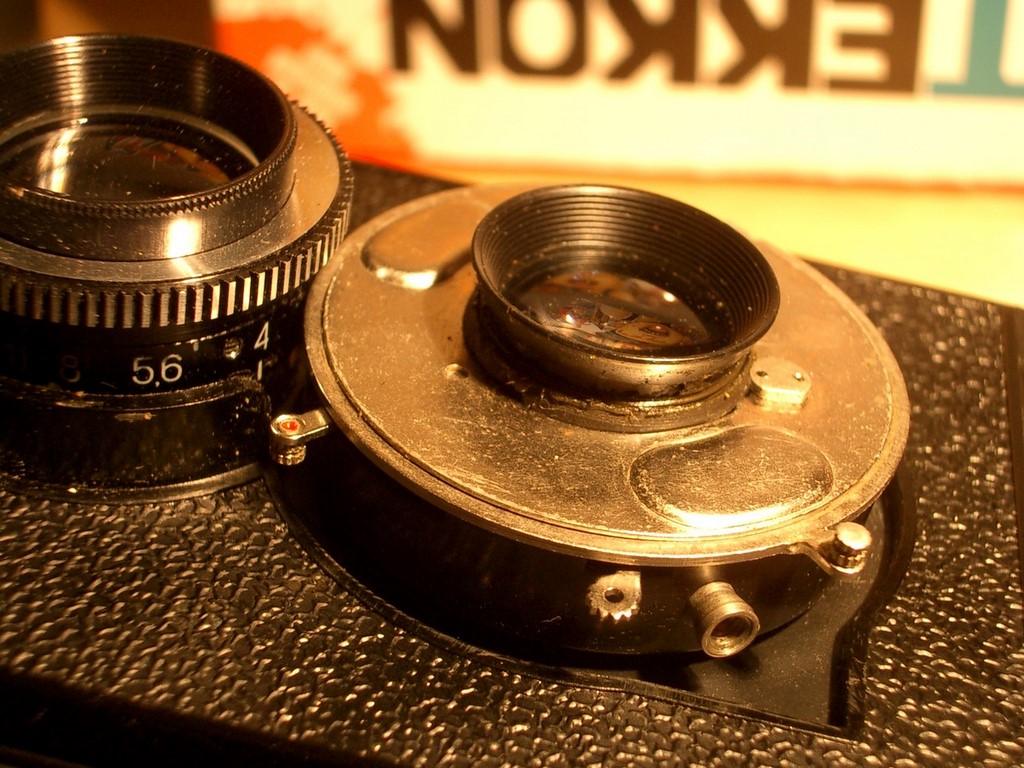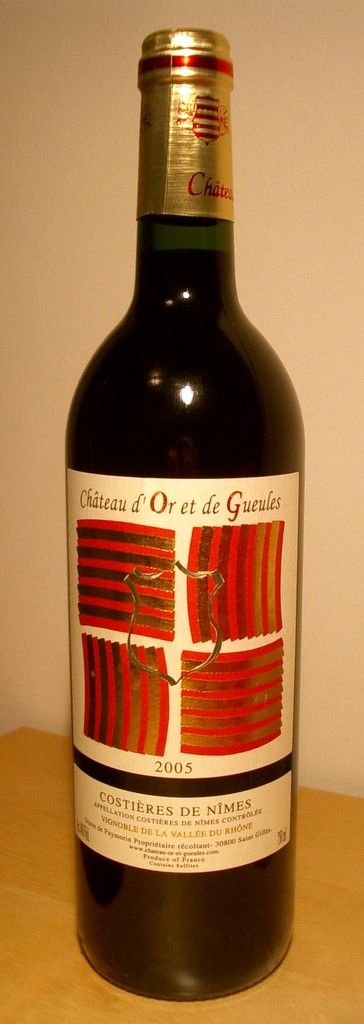Hey everyone!
I just spent the last 2 days at the first Transformative Tech Conference in Palo Alto. It was inspiring and mindblowing to see that many people all engaged, thirsty for knowledge and ready to take action. I can’t wait to see what springs up in its wake.
Many of the talks went lightning fast so I took some rapid-fire notes. Below I’ve pasted them for all to see.
-mark
“Get a leg-up on enlightenment”
Adam Gazzaley – UCSF Neuro Lab
Interference with attention – the human mind is very sensitive to it
You can’t distribute attention broadly
Instead we cope through network switching
This makes for some distinct limitations
One compensation method for maintaining focus is goals.
Goals are higher level than we can realize with our faculties.
This makes a conflict.
In Adam’s lab they’re reveling new approaches to increase these abilities (like multi-tasking)
Cognitive control is compromised in some people
If you have cognitive control you will have a higher quality life
Use tech as a solution to this problem
Then use feedback to update the intervention
In his lab it’s the closed loop between the subject’s brain and video games.
In the wake of the neuro-racer game (for older adults), they now have…
The glass brain. MRI + 64 point EEG. The goal is to later reduce the number of measured points.
This uses NVIDIA GPUs to localize sources within the brain. Whoah. That’s hot shit.
In developing this video-game feedback loop they’re creating the new digital medicine.
Tim Chang – Mayfield Fund (VC)
Early player of role-Playing Games
Asked the question: we spend tons of time optimizing our characters; how come we don’t treat our real lives that way?
Then came quantified self. Then Tim did Basis watch, which was acquired by Intel.
He discovered that a Via-Negativa approach tended to work for developing abs.
What is the via-negativa shortlist for neural development?
The exhaust trail of IOT. Perfect record of selfies. That’s a better portrait of you than a biographer would write.
He sees a cambrian explosion and figures there’s plenty of money here.
Wer’re entering the era of emotional fitness
Everything can be quantified. Everything. This provides the ability to make feedback interventions.
Personalized microdosing.
Nettrips: VR + psychedelics
VR/AR will lead us to machine-assisted empathy. Walk a mile in my shoes through AR/VR.
Question: how is VR/AR Opium 2.0?
Haves and have-nots: Read Ramez Naam’s “Nexus Trilogy.”
Tim’s advice: don’t sell devices — sell services.
The coach/concierge&AI beats data&dashboards every time. Data by itself does not make you take action.
Tim’s recommended trajectory for transtech: B2F (business to freak). -> B2Consumer ->B2Enterprise ->B2Payer
Seek out personal branding storytelling devices. i.e., ringtones were super-lucrative while MP3s were not.
Design a hero’s journey into your products.
Coping mechanisms are the pearl — the value.
Nicole Bradford – Exec Director of Transformative Technology Lab
Barn raising: A community decides to be in the same place at the same time to accomplish the same goal.
WHO: By 2030 depression will be the leading disease burden in the world.
Mindfulness is only one part of transformation. It’s how we break free of loss, betrayal, heartbreak, fear, death and the uncertainty of human existence. It’s how we find true happiness, our true selves, how we learn to be here and present, about discovering that the self isn’t what we thought it was, so it’s not something that needs to be defended (as we’d previously thought).
Objective: bring peace to the minds of men, and to face disruption calmly.
The scaling of Vippasana
What can be hacked can be scaled.
(Here’s where I start to see how small my day job is in comparison to trans tech)
Jamie Wheal – Flow Genome Project
I’m going to be more interestING if you (audience) are interestED.
Life is better than ever but we feel worse than ever.
OS to UI (hunh? What does that mean?)
Part 1: Maslow’s Hammer and the Sorcerer’s Hat
The ego is fairly new technology that we didn’t have access to until the French enlightenment.
When we installed the Ego, we didn’t install an off switch. Mickey being unable to switch off the magic of the hat.
Part 2: Any sufficiently-advanced tech is indistinguishable from magic.
Four forces are unlocking Ecstasis: (original root of the word “ecstasy”: to step out of one’s self) to have something other than mono-phasic awareness: moving to a poly-phasic multi-channel awareness.
Poly-phasic cultures accept information streams that we might have dismissed. There’s an opportunity to have a post-modern post-___ existence.
– Neurobiology: We now have more information on what’s happening in our brains under altered states
– Technology: We have scalable technology
(anecdote about seeing Emancipator at burning man without subwoofers and the crowd left)
– Pharmacology: We have access to molecules of desire now (beyond Pollan’s botany of desire)
– Psychology: Post-psychology, stretching the envelope, permissible internal states
These four together are a powder keg; a genie that can’t be put back in the bottle.
Next book: Stealing fire. There’s always been a Cat&mouse game between the Priests and the Promethians
The navy seals use float tanks (John Lilly)
Read the book: The Master Switch by Tim Wu. Each of the major mainstream hegemonic technologies started as a utopian vision.
Therefore: It’s up to us to keep this democratic. That’s why this community is essential.
If we steal fire, they can’t catch us.
Part 3: What’s north of Happy?
It’s NOT about just feeling better or shoring up insecurities or reaffirming my stories and narratives.
Kill the critic, bend time and hack motivation
While in flow, STER: Selfless, Timeless, Effortless, Richness (big data for the mind)
The kid sledding until they can’t feel their fingers anymore.
Those of you doing gamification: PLEASE STOP. Don’t slap merit badges on BF Skinner.
My question to Jamie: How do I access your work? Flow Dojo?
-> Start with the 6-week online course, then go to one of their events.
Luke Nosek – Founder’s Fund (VC)
Your reason for building a company is vitally important to its success over time.
VC has done a lot, but building technology for/on the human mind is beyond any of it.
This neurohacking is doing things, but we don’t know what it is we’re doing.
So far we can only apply the traditional frameworks to what we’re doing… but we need to develop new frameworks that DO apply.
Borrowing a framework is OK. e.g., conventional neuroscience or buddhism.
Figure out the new paradigms of mind that will be revealed by the technology.
Dark forces can serve as a great motivator. When is it good to have a dark force motivating us?
Certainly the dark forces can be important and powerful (as an entrepreneur)
However if the trajectory lasts 10 years, you won’t be able to make it if your motivation is negative – you’ll burn out.
Luke & co. sold out of Paypal because they were burned out. It was the underlying negative motivation that burned them out.
You have to come at this stuff from BOTH sides: Negative motivation (fear) and Positive motivation (inspiration).
Notion of an emulsion of positive and negative forces – oil and water in a blender; twisting of the two opposing forces
Staying connected to both of these forces and NOT disconnecting from them is the challenge.
The outcome is way more about the people you surround yourself with than about your ideas.
If it feels like a “should,” it’s probably wrong.
Stuart Hameroff – University of Arizona Neuro: Director of Center for Consciousness
Well being is an optimal state of consciousness. What is consciousness?
Western science and philosophy has always compared mind to computers
Modern science assumes a neural-synaptic computer.
However this can’t explain conscioussness
It precludes the possibility of spirituality and/or an afterlife
Connectome of C. Elegans. They simulated every neuron but nothing happened. Something is missing.
The paramecium is a counterexample.
The cilium is a bundle of microtubules.
Dynein and kinesin. Tau proteins tell the motor proteins where to get off and deliver their cargo.
Tau is important in alzheimers. In this, the microtubules lose their tau and microtubule disintegrates.
Microtubule automata. Not just cilia, but consciousness in the brain.
KamKII is likely to encode memory in microtubules. CamK2 lands on microtubule and deposits 6 bits. Hundres and thousands of these interactions happen with each synaptic event.
Read Book: The Emperor’s New Mind by Roger Penrose
Microtubules self-assemble in the presence of 2 MHz ultrasonic energy.
Conscioussness is like music and the microtubule is the instrument.
EEG may be the beats between the oscillations of microtubule vibrations (much faster)
See paper: Scanning ultrasound removes amyloid-B and restores memory in an alzheimer’s disease mouse model
<This talk was way denser and more interesting than these notes — if interested, check out Hameroff’s recent talks on Youtube>
Mikey Siegel – Conscioussness Hacking Founder
“The path of the transformative technologist”
Biosynchronization is a focus of Mikey’s work.
Transformation and tech can seem at odds, but they’re fundamentally related — two sides of the same coin.
4 years ago Mikey had a vision of bringing these two together.
For the welfare of humanity.
Starting point: Engineer’s excitement.
You are what you build; you build what you are.
When we create we are channeling ourselves into our objects of creation. This makes us inseparable from our creations. They’re extensions of you.
Heartsync: there is evidence of heart synchronization between two familiar partners
Now run it abkwards: Synchronize the hearts, and see if human connection results.
In building the Heartsync project, he thought his motivation was to create a heart-based connection between others.
But he later realized that it was HE who wanted the connection. It was his needs that drove it.
Mikey was on a mission to fix himself.
A mission to get to a destination of feeling better, engineering his own enlightenment, and figuring out: what is that state? what is that place that’s better?
He inadvertently brought this sentiment into the heart sync technology. The notion of having a goal state, implying that you’re not there yet.
The next project was the reverse. How do I build something that gets past that?
Connectome: Heart and respiration sensors. No winning, no losing, no traditional biofeedback. It just externalizes their internal state.
They were both reflections of Mikey’s path.
As transformative technologists we have a unique responsibility.
Question to the audience: What is the relationship between who you are, and what you create?
Ariel Garten – Interaxon Muse
Early 2000’s they created a 48-person musical concert. Regenerative cycle.
Next were a few projects of controlling things with brainwaves.
What does it mean when we can use our minds to touch an object 20000 feet in the sky?
Having made lots of mind-contorl devices they realized it was going in the wrong direction. It’s fun, but not deeply engaging.
The next vision was the power to look inside the mind itself; Muse was the product.
If it’s not changing the world, throw it in the garbage. Everything you do should be about elevating the world around you.
Technology should not be the endpoint.
Technology is only a tool. We’re making amazing tools though 😀
Dr. Daniel Kraft M.D. – Faculty chair, medicinie & neuroscience at Singularity University, founder of Exponential Medicine
The Ether Dome – for 160 years, things in the medical realm haven’t changed.
Sick-care is reactive, intermittent, sporadic; Health-care should be the opposite
Iodine.com is the Yelp for healthcare
Exponential curve from morore’s law says 7 years is a magic knee
The FDA = The F Word
Pharmageddon
<kind of an empty talk>
Deborah Rozman – HeartMath
Know your audience: Who are you trying to talk to? Speak their language.
Notion: Head-centric consciousness and intellect increased in the 80’s. That increases the polarity between the heart and mind, when what we need is integration.
The name “Heartmath” is meant to be an oxymoron.
The early 90’s was where this concept really developed: looking at the spaces between the beats.
Gratitude isn’t the only thing that brings coherence. Anything that is a GENUINE feeling: That creates heart rate coherence. For the military, it’s their sense of devotion. Whatever the uplifted state, it will synchronize all of the body’s rhythms.
The amygdala synchronizes to the signals / rhythms made in the heart. There is a vicious feedback loop here that gets disrupted when the heart moves to coherence.
It took a LONG time for technology to advance to the point where it could be portable.
The big lesson: Find your true deepest calling, knowing that technology will advance and keep advancing. It will catch up to your vision.
In your creations, always consider: Research, Assessments, Patent/IP Development, Licensing, Go-to-market, Continued Testing
Global coherence network at Heartmath.org
Poonacha Machaiah – JIYO
Sava – our conscioussness, Satsang – collective conscioussness, Simran – higher conscioussness
Weightless Project
Dr. Judson Brewer – Director of Research, Massachusetts center for mindfulness
Talking about ourselves is rewarding (research study at Harvard)
Activates the Nucleus Accumbens (same thing as activated gby crack cocaine)
Addictions have been recognized to be treated through:
– avoidance of cues
– when those don’t work, substitution strategies
However neither of these dismantles the core loop itself.
Samsara = endless wandering
If the roots of craving are not fully uprooted, the issue will come back again and again.
Mindfulness drives a wedge of awareness between craving and the habitual behavior, breaking the loop.
Working hypothesis: MT works by decoupling craving and behavior.
Prediction: Should see dissociation between craving and smoking BEFORE they both subside. i.e., you should still have some craving, but it is not consummated in smoking.
Mindfulness modulates the decoupling of craving from smoking
They’ve delivered this as “Craving to Quit” app
The underperformance continuum: Daydreaming -> Stress -> Addiction
Default mode network: Self-referential thinking.
Posterior singulate cortex (PCC), and medial prefrontal cortex.
Task of mindfulness: Don’t get caught in self-referential thinking
Meditators vs. novices: 4 brain regions significantly differ: Two of them correspond to the default mode network
Metta meditation: DMN gets de-activated
– the elimination of the self is what makes this work
Flow correlates with PCC deactivation
Their research system uses 128 channels; examine redundancies to reduce the number of leads.
They’re down to 32 leads now with 95% correlation. Below 20 leads it tanks. 10-20 system won’t work.
This means you need to customize cap delivery for a consumer application
Dependent Origination FTW!
My question to Judson: Can you talk about the way that dependent origination maps to your view of contemporary neuroscience?
Answer: They NAILED it. 2500 years ago they nailed it. Judson and his team were astonished when they dug into the details and found very good agreement between D.O. and the contemporary understanding in neuroscience.
In fact they published a paper in 2012 on the parallels of dependent origination to neuroscience. (email for this)
Isy Goldwasser – Thync
When you have an idea, it’s fragile: It can be crushed by anyone.
There’s life to the idea. This is the thread.
Following the Thread: Bringing Transformative Technology to Life
You will encounter forks in the road. How do you know which way to go? The thread is the key to this.
The thread at Thync: Unlock potential of a billion people by accessing the brain.
When you’re following an idea, you see nothing but fog in the distance. But then as you get closer, you start to see peaks.
Peak #1: If you want to change the lives of a million people, you need a breakthrough technology and a revolutionary application
Breakthrough: Transcranial stim
Application: Everyday people in their everyday lives.
The conventional mantra is wrong. It’s not Academia -> Medical -> Consumer. In Trans Tech, it’s actually Consumer first.
You have to go first to the people. If you aim to hit the masses, go there first.
This shaped the investors, team members – everything.
Consumer and medical are opposites in many way. Conventionally you choose one or the other. For Thync, they chose consumer.
Peak #2: No one wants to become a machine, but everyone wants to be awake.
It’s all about access. Acces to their full potential. The brain machine interface is a powerful movement, and possibly the most important frontier of the century. However the predictions about how it will happen are wrong. The idea that we become machines is dead-wrong. People want to be awake.
You accomplish this with a symbiosis. The tech should be the way you provide access to awakeeness.
Human-computer symbiosis is where this is going.
Aligning a company around getting people access to something they innately possess.
There’s nothing, no effect they’ve discovered that doesn’t have an emotional component.
SIDEBAR
How did they do this? – The academic and medical community wouldn’t do this, so we had to advance the field.
– $3m out of $4m and the first 2 years spent on primary neuroscience research.
– They were able to safely and rapidly modulate physiological states via electrical stimulation
They activate cranial nerves on face and neck to modulate sympathetic and parasympathetic activity.
The journey to figure this out took years.
Initially their testing showed no differentiation between the control and effect groups.
Peak #3: How do you distribute this to a billion people? Simpify it.
<Read the book Zero To One, Peter Thiel>
Hardware, software, it’s a closed system. This is essential because it’s so complex.
20% theory, 80% empirical.
There’s lots to improve, but that’s in-progress.
They’re building a reservoir of “Vibes.”
Combine the Vibes with a coach/teacher/mentor you trust
This is the first chapter.
The next chapter is expanding the library of vibes.
Jeffery Martin – The Finders Course and Where We Go From Here
Persistent non-symbolic experience -or- Extraordinary Wellbeing
Religion had historically been the carrier of wellbeing tools
The underlying sense of dis-ease is optional
As great as the finders course is, it’s not scalable.
There IS as possibility of persistent change.
The Bannister limit
In pursuing well-being, PLAN TO GO PAST THE 4-MINUTE MILE-MARK.
Breakouts
Robert Arnot – Game design and VR for transformation (games as temporary play spaces)
Jennifer Dean Pear – Dream hacking, dream tech: sleepable EEG hood
Ma Tan – Music technology, sonification of data
Jonathan of Spire – Communicating the value of trans-tech in P&L terms to executive staffs
Arnot Delorn – UCSD EEGLab & Institute of Noetic sciences (IONS) – is consciousness local or not?
Mohamed – AI at Google intersection of spirituality and AI. How do we design AI that’s informed by a non-dual POV? What would be the effect of such a present on individuals and on society? What is it that is manifested when humans and AI merge?
Shaomeni Jan – Transdisciplinary perspectives – about advancing the science of healing.
*Roland Hambley – Sleep starter – chronic pain – sleep assistance & entrainment.
Halane Wabe – PTSD at IONS
Ray Li Chang – Sleep medicine & sleep tech
Darin Mcfadian – Using tech to enhance what music does naturally
*Daniel Schmactenberger – Future Human Laboratories – non reductionist approach to neuro-healing. How do we model this field?
Dr. Jim Hart – of Biocybernaut institute. 7-day intensive. 14-step forgiveness method that helps eliminate emotional traumas; doubt drowsiness distractibility worry boredom
*Forrest Bennett: Background: Machine learning & development, pharmacokinetics. Objective: Building devices that could help people wake up permanently.



